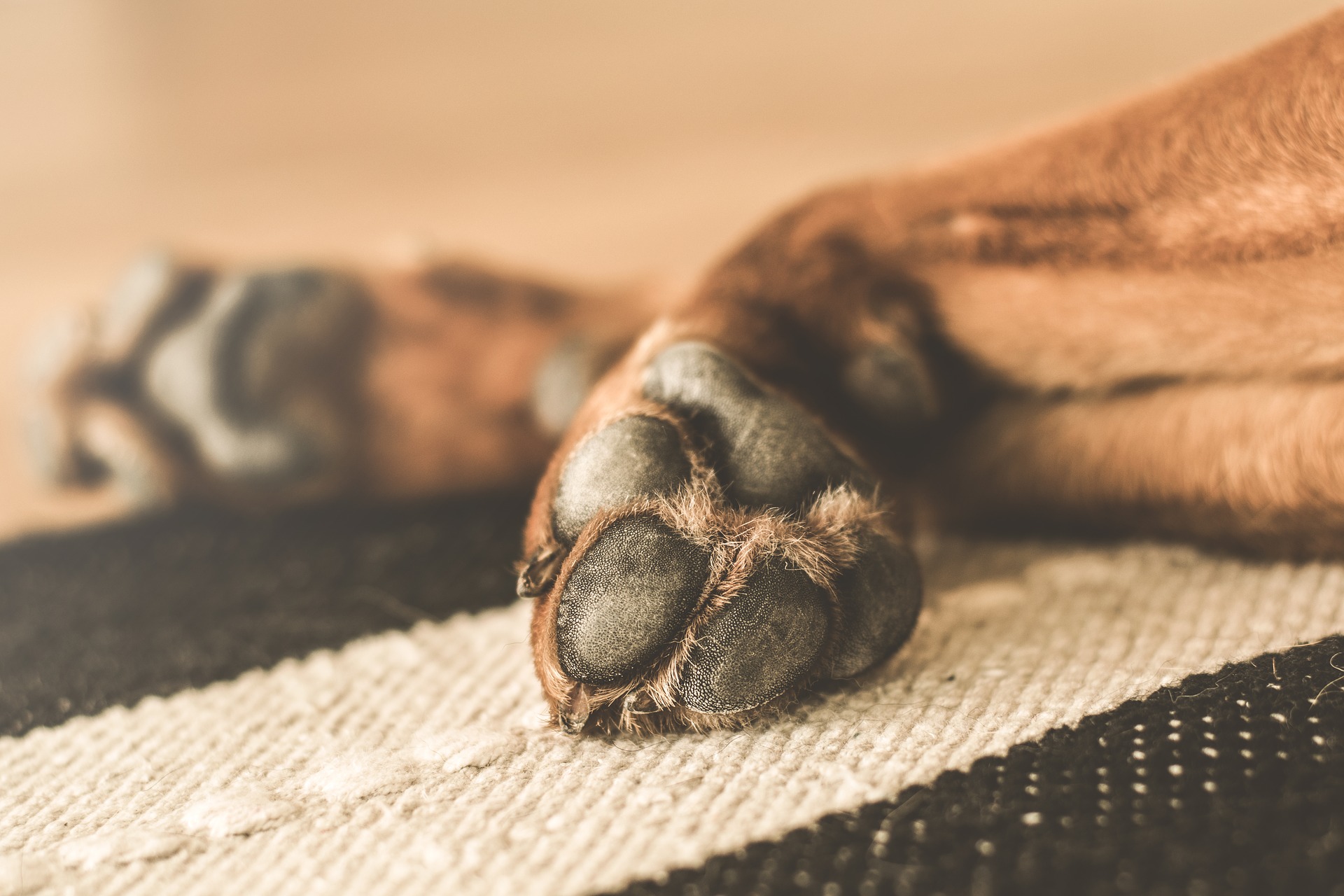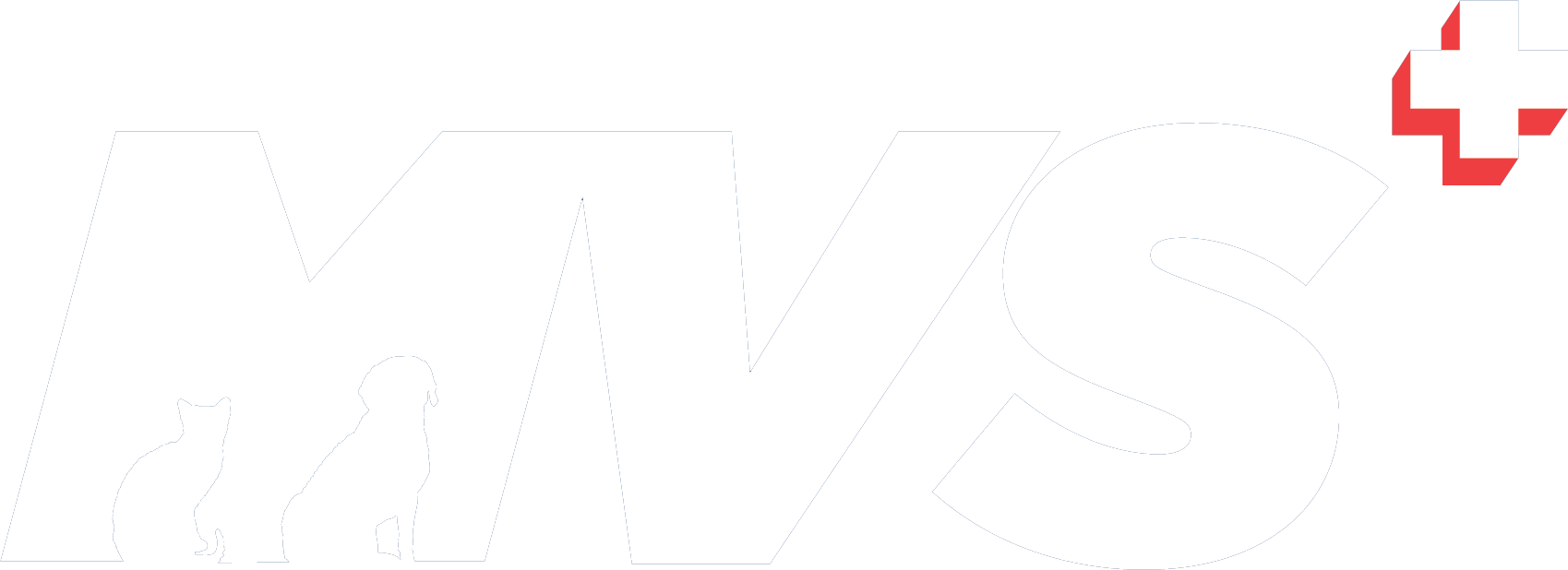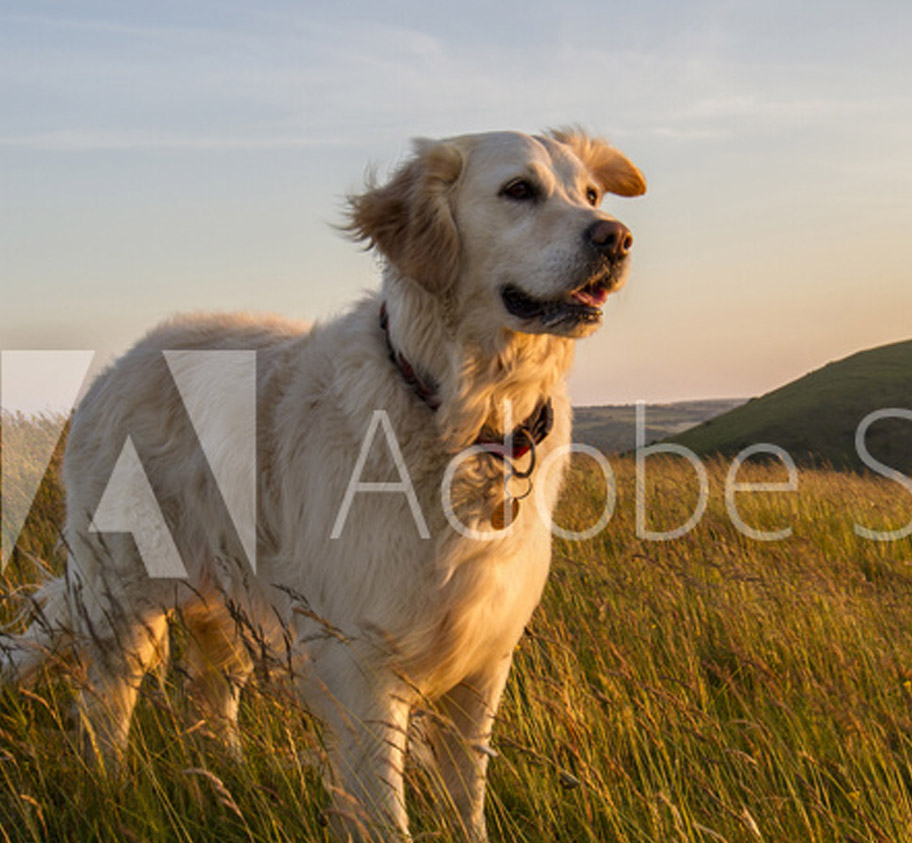
 Menu
Menu
Intertarsal Subluxation

What is Intertarsal Subluxation?
The tarsus is similar to the human ankle. It is a complex structure consisting of four main joints made up of a number of small bones. The intertarsal joints are the central two joints. The hock is supported by a mesh of soft tissue structure including the collateral ligaments of the tarsocrural joint, plantar (at the back of the joint) ligaments and fibrocartilage. The collateral ligaments serve to both limit extension and prevent hyperflexion. The plantar ligaments and tarsal fibrocartilage are tension bands that limit extension of the tarsal joints. The remaining ligaments are much smaller and shorter, connecting individual bones. Luxation is the medical term for dislocation or complete separation between two joint surfaces. Subluxation implies that there is only partial separation between the two joint surfaces (partial dislocation).
Cause
This is not an uncommon injury in small animals which can result from trauma or can be seen as a degenerative condition. Shetland sheepdog and collie breeds seem to be predisposed to the degenerative from of the condition.
Signs
Pain and soft-tissue swelling are often not severe and most animals tolerate palpation with little show of resentment. A plantigrade (collapsed foot) stance may be observed where the animal stands with their hock lowered towards the floor.
Diagnosis
After carrying out a detailed orthopaedic examination on your pet, an experienced orthopaedic surgeon may be able to identify instability of the joint and possible identify what soft tissue structures have been damaged. Radiographs with the joint stressed in flexion, will confirm the site of instability and may demonstrate fragments of fractured bone, if present.
Treatment
Surgical treatment is often recommended to try to restore the support to the damaged joints. The movement of the main tarsocrural joint should try to be preserved.
Partial tarsal arthrodesis
Partial tarsal arthrodesis is generally the treatment of choice in this kind of injury. Arthrodesis means the surgical fusion of a joint. The bones forming the hock joints are permanently joined together so that there is no movement in this part of the limb. This is often achieved using a bone plate, screws and a pin or pins. Partial tarsal arthrodesis general produces good clinical results.
Stay in touch
Follow us on social media and keep up to date with all the latest news from the MVS clinic.



